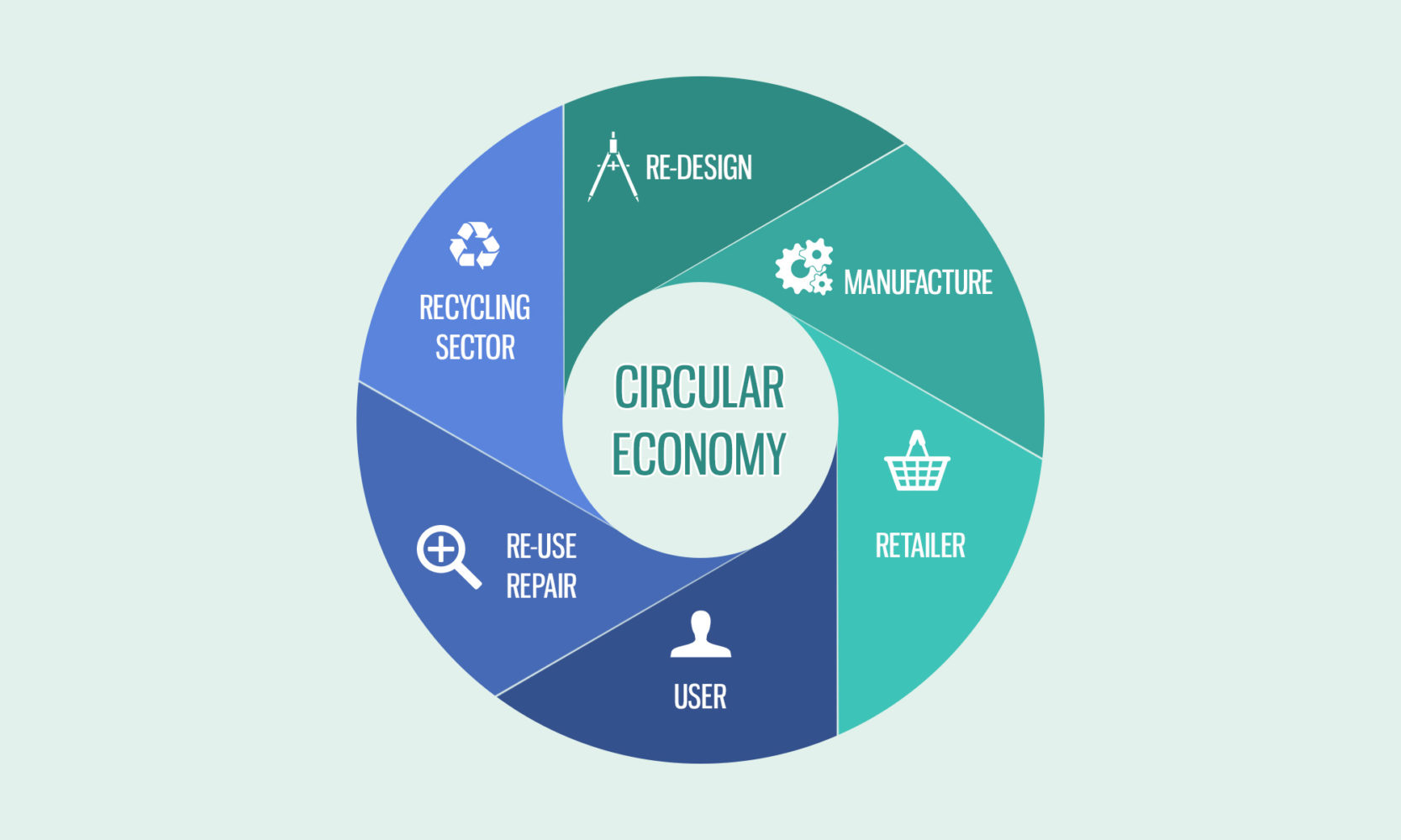
As the world population increases and economies rely progressively more on outside resources to meet their demand for energy, water, and food among others, communities are under enormous pressure to find these resources and accommodate waste and emissions.
Within the current linear production and consumption economic model, only a small share of waste produced is reused, recycled or traded as secondary materials. The vast majority, including valuable and scarce materials, goes to landfill or is incinerated. In light of finite resource flows, economies will no longer be able to rely on these linear production and consumption models. A circular economy is an alternative to this model. It aims to keep products and materials in the value chain for a longer period and to recover raw materials after the lifetime of products for their next use.
Green public procurement (CPP) is defined by the EU as “a process whereby public authorities seek to procure goods, services and works with a reduced environmental impact throughout their life cycle when compared to goods, services and works with the same primary function that would otherwise be procured”.
Circular public procurement is an approach to greening procurement, which recognizes the role that public authorities can play in supporting the transition towards a circular economy. Circular procurement can be defined as the process by which public authorities purchase works, goods or services that seek to contribute to closed energy and material loops within supply chains, whilst minimizing, and in the best case avoiding, negative environmental impacts and waste creation across their whole life-cycle.
The EU Action Plan for the Circular Economy (2015) has established a concrete and ambitious program of action which will help to ‘close the loop’ of product lifecycles. It proposes actions to Circular public procurement also has a role to play in achieving the Sustainable Development Goals, defined by the United Nations 2030 Agenda for Sustainable Development. In particular, Goal 12 – Responsible Consumption and Production – includes a specific target for promoting public procurement practices that are sustainable, in accordance with national policies and priorities
In addition, several countries, regions, and cities have been developing their own circular economy strategies, and public purchasing is often emphasized by these as an essential tool for encouraging the transition to a circular economy
Benefits of circular procurement
- Reduction of carbon dioxide emissions by 2030
- Fuel consumption can be reduced by 32% by 2030 and by 53% by 2050
- Saving valuable resources (due to their reuse)
- Stimulating innovation and job creation
- Potential savings for the public sector
